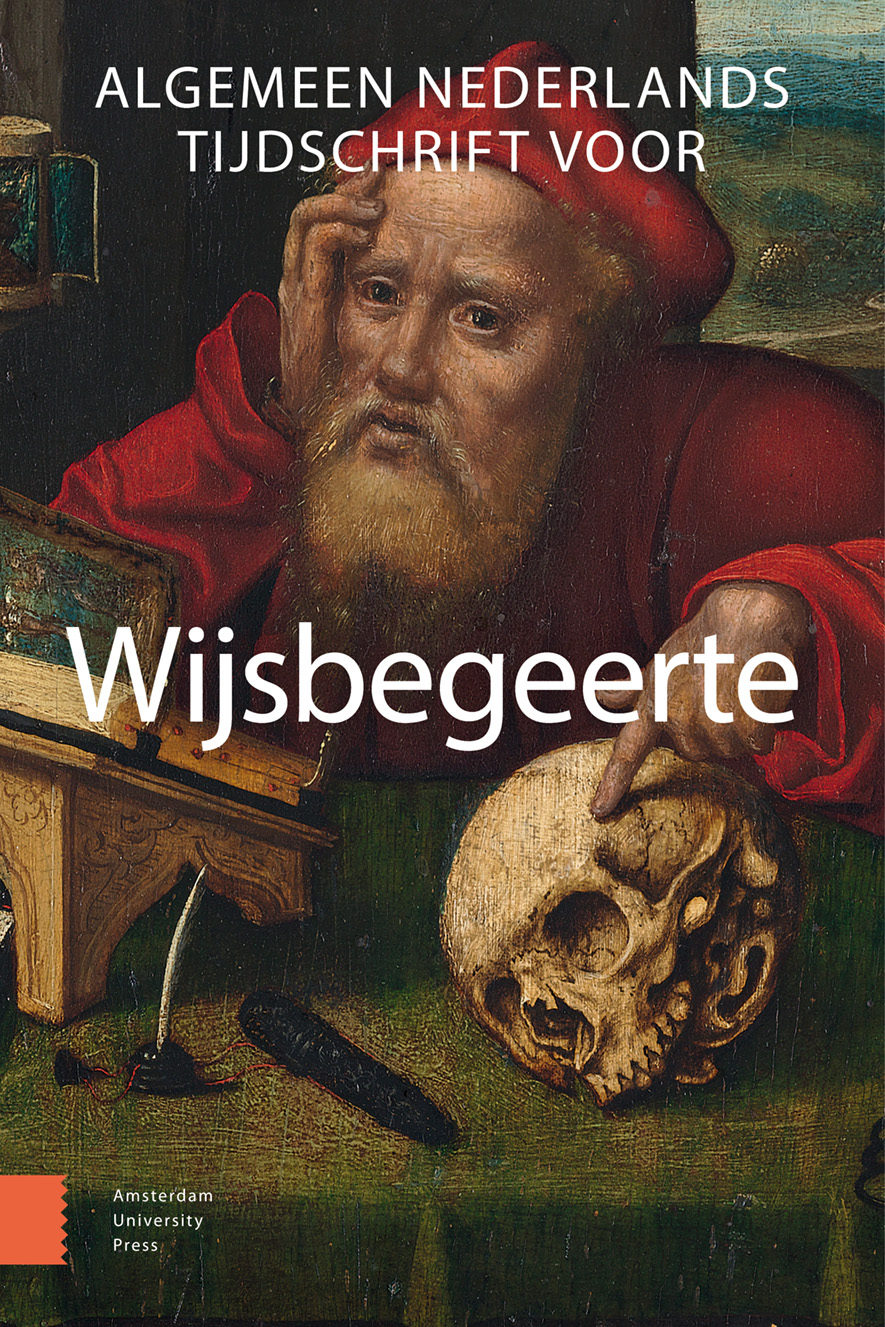-
oa Gregor Mendel, Thomas Hunt Morgan en experimenten in de klassieke genetica
- Amsterdam University Press
- Source: Algemeen Nederlands Tijdschrift voor Wijsbegeerte, Volume 113, Issue 1, Feb 2021, p. 107 - 135
-
- 01 Feb 2021
Abstract
Gregor Mendel, Thomas Hunt Morgan and experiments in classical genetics
In the middle of the 19th century, Gregor Mendel performed a series of crosses with pea plants to investigate how hybrids are formed. Decades later, Thomas Hunt Morgan finalized the theory of classical genetics. An important aspect of Mendel’s and Morgan’s scientific approach is that they worked in a systematic, experimental fashion. But how did these experiments proceed? What is the relation between these experiments and Mendel’s and Morgan’s explanatory theories? What was their evidential value? Using present-day insights in the nature of experimentation I will show that the answer to these questions is fascinating but not obvious. Crossings in classical genetics lacked a crucial feature of traditional experiments for causal discovery: manipulation of the purported causes. Hence they were not traditional, ‘manipulative’ experiments, but ‘selective experiments’.


